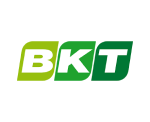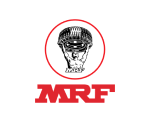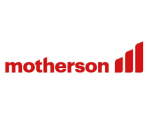The machine works on the direct pressure principle of abrasive blasting and is fully automatic.
Blasting chamber, horizontal nozzle reciprocation arrangement, motorised work car, track extension with roll rotation arrangement, reclaimer unit, and dust collector are all part of the machine.
Tyre Mould Cleaning Blasting Machine: The machine is made up of a blast chamber with a turntable, an abrasive recovery unit, and a dust collector, as well as one suction blast nozzle.
The machine is equipped with a track-mounted trolley and a Rotary Turntable.
Through the Motorized Winching Arrangement, the Turntable can be moved in and out of the Blast Cabinet.
The Turntable is outfitted with an appropriate Fixture for holding Tyre Mould on it.Cleaning Sand for Geyser Tanks, Boilers, and Cylinders
Shot Blasting Machine: The blast cabinet is outfitted with a bearing mounted rotary turntable, dust collector, blasting hopper, and lance for internal geyser or boiler blasting. Shot blast lances with static angular nozzles can clean inside the static boiler.








